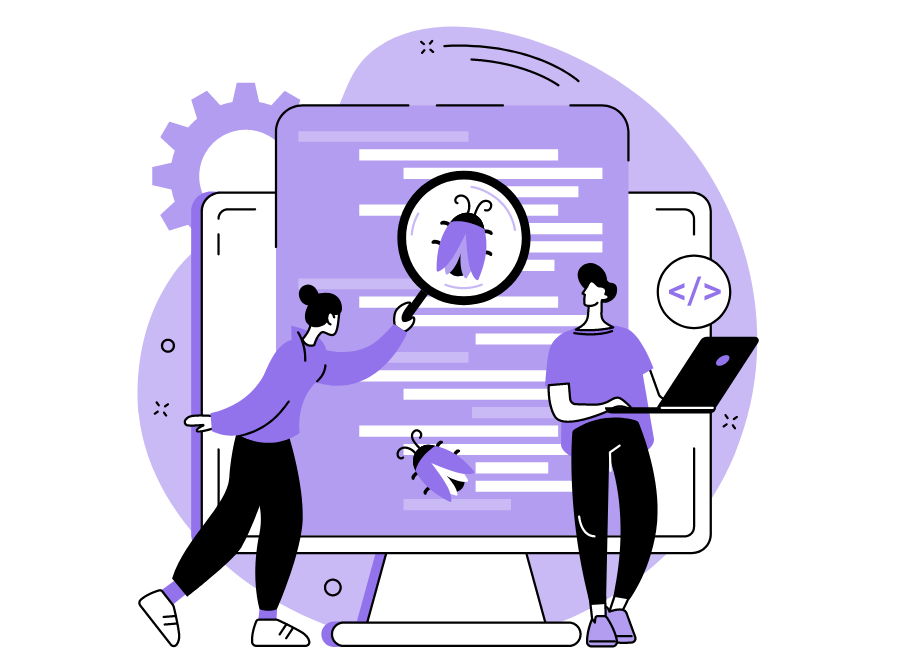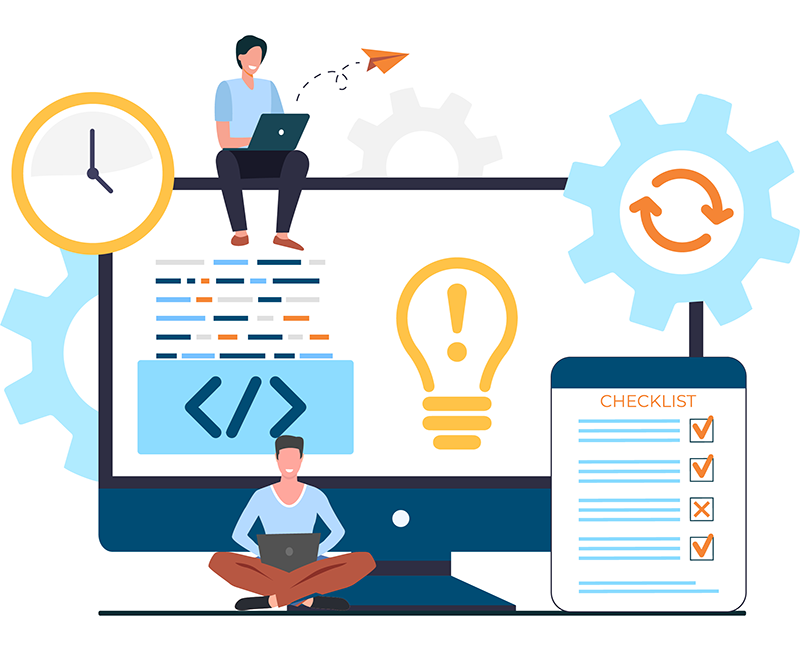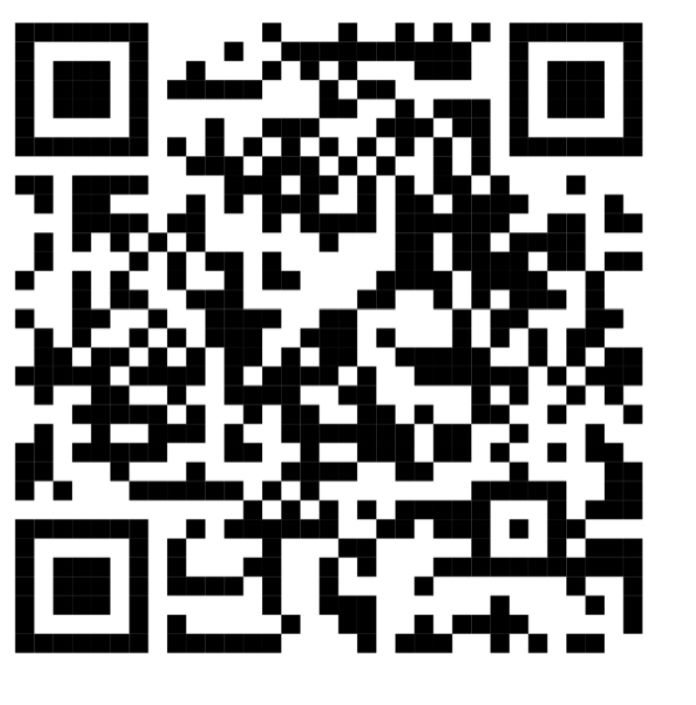
Our QA engineers write test cases and checklists, conduct different types of testing, and provide advice on design and usability issues. They are your safe net throughout the development process.
From the very beginning, one or more QA engineers will be assigned to you. They will work closely with our developers to ensure the highest quality of your product.
HIGHLIGHTS

Bug reporting
Bugs found are usually reported in our bug tracking system and are assigned to an internal QA engineer. The QA engineer performs the following tasks: verifies the bug,checks it against the functional specs, performs an initial analysis of the root cause of the bug, makes sure the bug can be reproduced and that it is not a duplicate of another bug. The bug is then assigned to a developer.
We can work with different bug tracking systems such as YouTrack, Jira, Redmine etc. depending on your preference, if any.
QA environment
We use a QA environment for testing and a staging environment just before releasing it to the production stage of the testing process. The QA environment uses a synthetic DB, used specifically for testing, whereas the staging environment uses a snapshot of the production DB.
Once everything is working smoothly in the staging environment and we have approval from our QA, then we can move forward with uploading it to production.
The staging environment is open for our clients to monitor the development progress and test the developed functionality, if they want to.


Build distribution for mobile apps
For the build distribution process we use Ubertesters’ platform (Ubertesters is our affiliated company and its software was developed by us), which allows us to distribute build OTA (over-the-air) to our testers and our clients. Once the new build is available, it is first distributed to our testers, and then, once approved, distributed to our customers, if necessary.
Both testers and customers receive push notifications via mobile app stating that a new build is available for testing. This tool also allows us and our customers to submit bugs with edited screenshots directly from the app, which helps us save a significant amount of testing time.
QA SERVICES
Functional testing
Whether your app is developed in compliance with functional specifications and whether all the features function as you expected them to.
Compatibility testing
It determines whether your website or app runs smoothly in different browsers, operating systems, mobile devices, and networks.
Usability testing
It evaluates how user-friendly your app is, determines whether your visitors understand how it works and can complete the main actions they need to reach their goals.
Performance testing
It includes testing the application under different internet speeds, as well as how your app will perform when its user’s device has unstable Internet connection or low battery life.
how it works
- UX/UI design process
- Software development process
- QA and Bug fixing process
- Technical and marketing support
FAQs
What do I need to get started?
First of all, you need to let us know somehow that you want to get started 🙂 The easiest way would be to submit your request here. Just drop us a line and we can discuss the idea that you have for your project. If you already have a description of your product that will help us better understand your needs, then starting will be a bit faster. If not, no worries, we can start working right from the first call.
Will I be committed to working with you right after completing the product definition project?
No commitments. You can take our functional specifications and ask other companies to develop your product in accordance with it.
What if I already have a clear vision of how my product will look like? Can I skip this phase?
Product discovery phase is an extremely dynamic process where you are constantly getting feedback from our tech and product experts, your partners, your families and your friends, changing your product definition accordingly, and in many cases the final product definition becomes something very different from what it was at the beginning. From our experience our clients extremely appreciate, cost-wise, this happening before they start any development work but not after or in the middle of it. Although you can actually start the development without having a detailed functional specification, there is a major risk of going over time and budget when you do not fully define your product at the very beginning.
QR code

Corporate Address
- "Eesha", Survey No. 307/2/2, Khata 624/2 Nyanapahalli Main Rd, Near Stone Park, Chamundeshwari layout, Bengaluru, Karnataka 560068
- 9035553447
- info@eyftechnologies.com
Register Address
- 17/1 4th Cross, 2nd Block Chandra Sagar Chouldry Jayanagar Bengaluru Urban Karnataka 560011